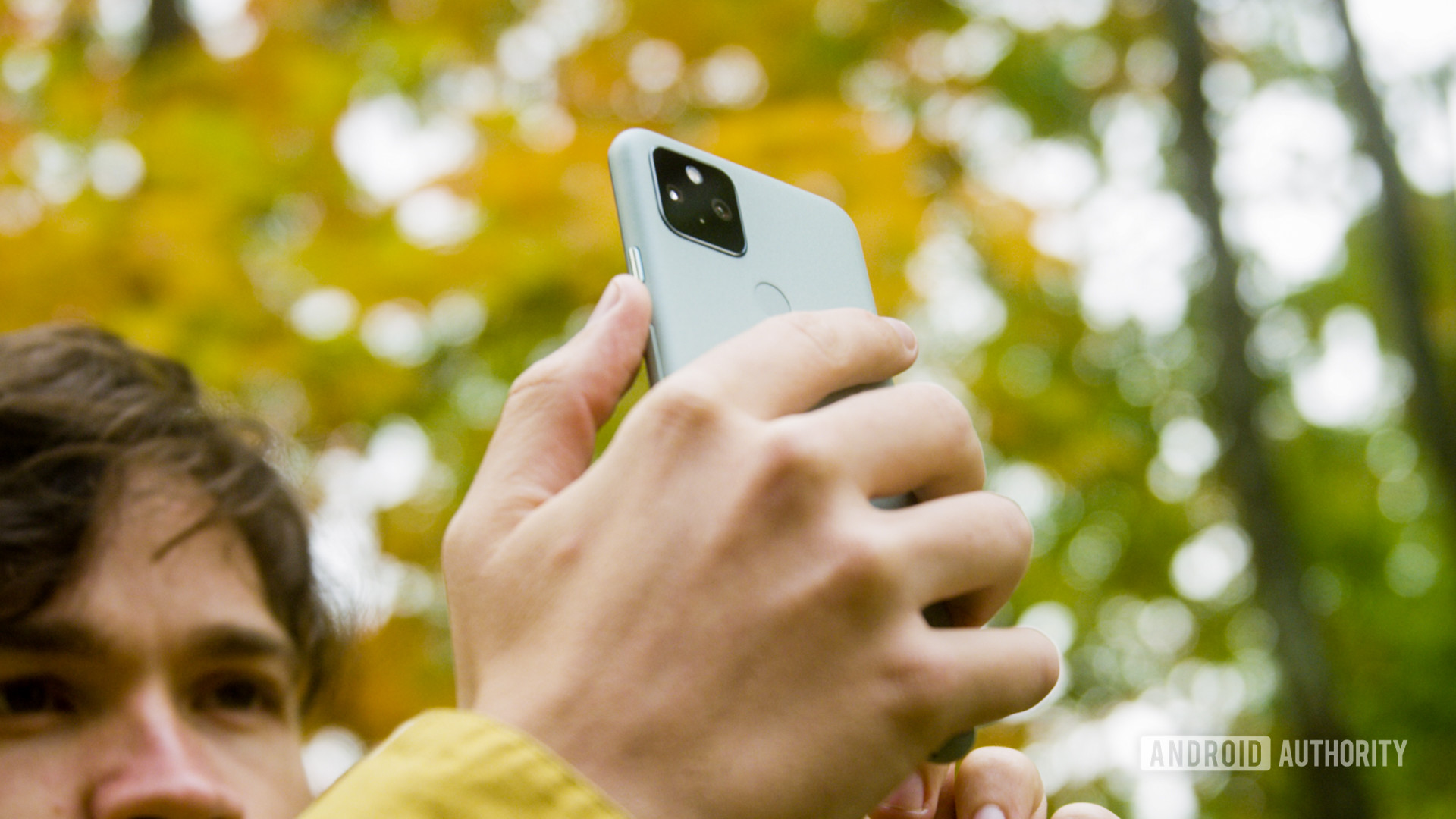Affiliate links on Android Authority may earn us a commission. Learn more.
Google Pixel 5 vs older Google phones: Should you upgrade?
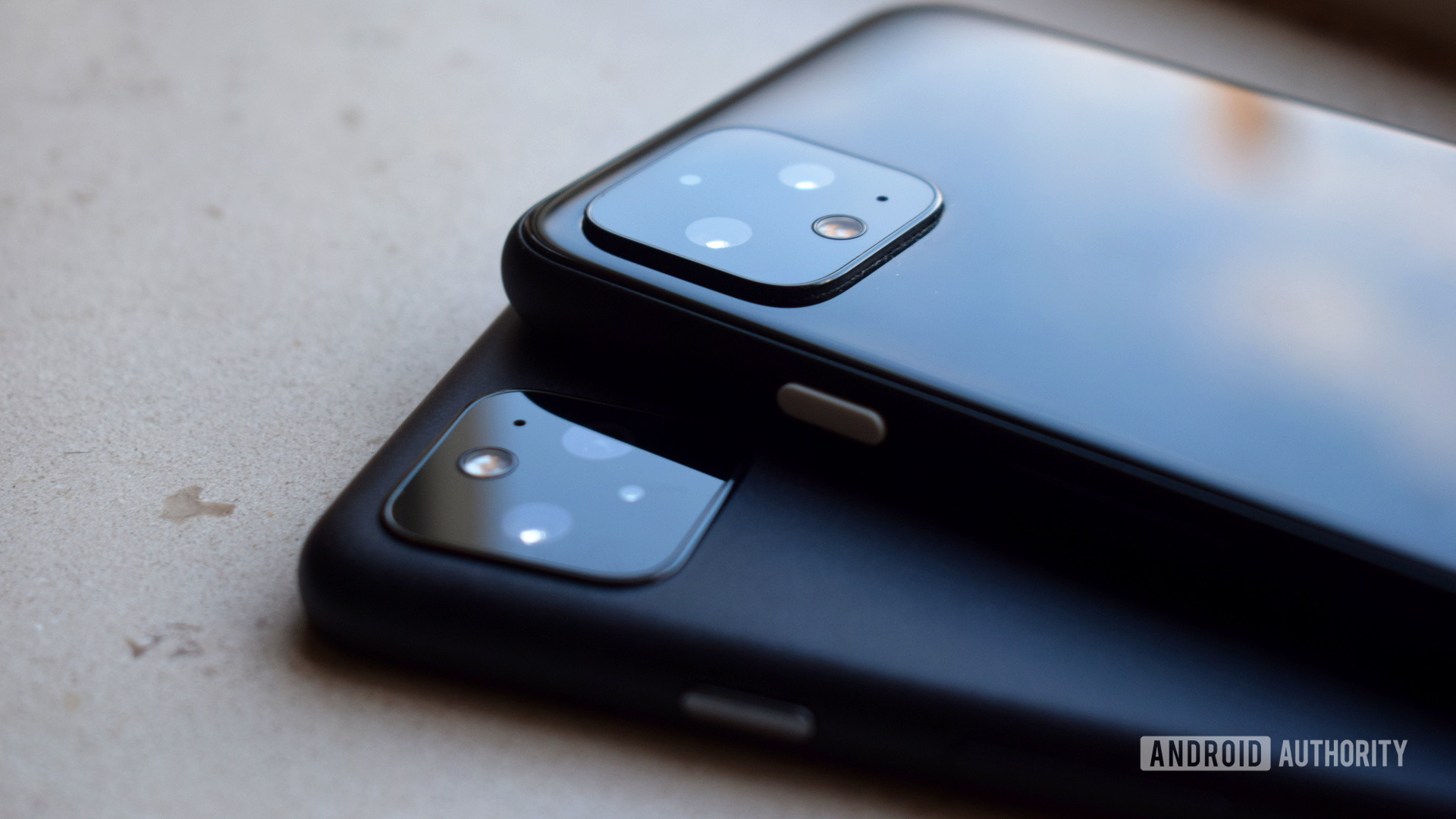
The Pixel 5 is Google’s latest flagship, along with its budget-friendly sidekick in the Google Pixel 4a 5G. However, the lines between the high-end and mid-tier products are a little blurry this year. With a more modest processor and a lower cost, the Pixel 5 isn’t a flagship in the modern $1,000 sense of the word. That’s certainly not a bad thing, but it makes figuring out whether to upgrade trickier than usual.
The Pixel 4a and its 5G variant are clearly the upgrade paths for value-conscious consumers, but the Pixel 5 still includes a few more bells and whistles for those seeking Google’s best hardware. If you’re rocking an older Google handset, should you upgrade to the Pixel 5?
See also: Google Pixel 5 vs Pixel 4a 5G vs Pixel 4a: Which should you buy?
Google Pixel 5 vs Nexus phones
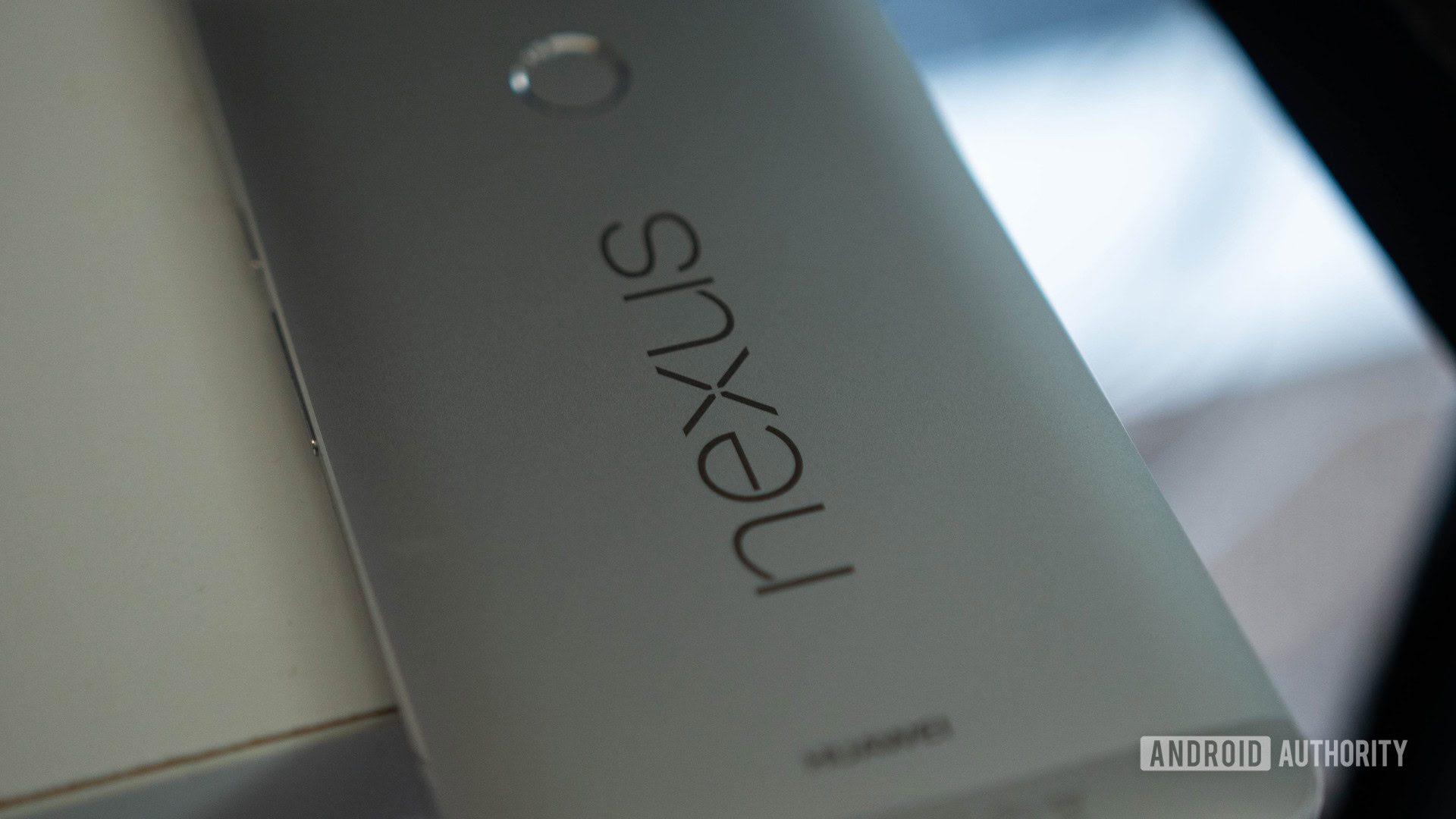
The modern Pixel series is the successor to Google’s Nexus brand — a range of handsets aimed more at developers than mainstream consumers. 2015’s Nexus 5X and 6P were the last smartphones in the series, so it’s mighty impressive if you’re still rocking one as your daily driver.
If you are doing just that, then there’s no time like the present for Nexus owners to make an upgrade as the Google Pixel 5 is a solid choice. Hardware reliability has improved since the Nexus days, and the cameras are some of the best in the business. Better still, you can grab the latest version of Android and three years of security updates without the hassle and delays of manual installs.
See also: Was the Nexus series really that good, or is it just rose-tinted glasses?
In more typical Nexus fashion, the Pixel 5 offers all this without breaking the bank. With superior hardware in every category, there’s really no reason to hold on to an old Nexus handset any longer.
Google Pixel 5 vs Pixel 1
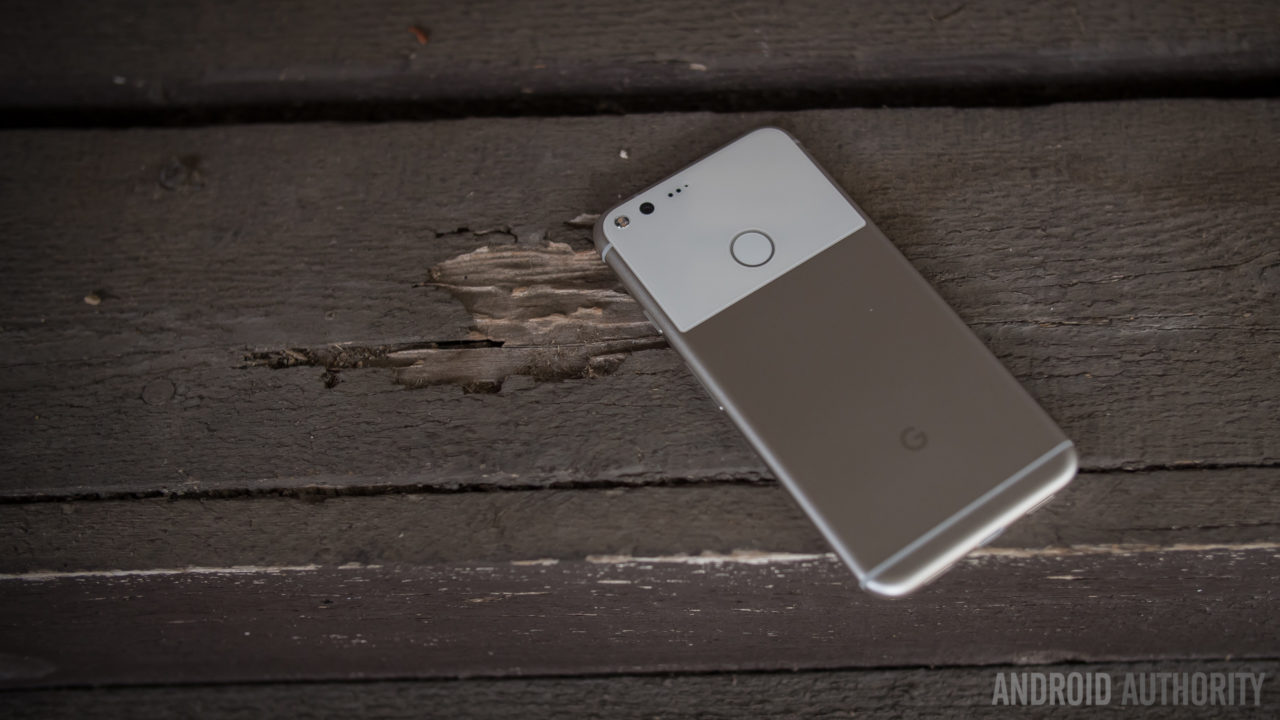
The original Google Pixel and Pixel XL debuted in 2016, packing in high-end hardware and launching Google to the forefront of mobile photography. The Pixel 5 builds on this formula with much-improved hardware and new features.
The Pixel 5 packs in a vastly improved display with a high 90Hz refresh rate, for starters. Even the handset’s mid-tier Snapdragon 765G processor outperforms the previously high-end Snapdragon 821. It’s the superior handset for both general application performance and gaming, not to mention the introduction of 5G connectivity.
Read more: Google Pixel redux review: Proof of the power of software
Google has built on the hardware formula with an IP rating, wireless charging, 5G data, Titan M security, a dual rear camera setup, and thinner bezels. The only feature Pixel fans might miss is the headphone jack. But otherwise, the Pixel 5 is an upgrade in every way. If that’s not a good enough reason, Google ended software support for the original Pixel and Pixel XL back in October 2019. If you want to stay up to date, the Pixel 5 is a solid way to go.
Google Pixel 5 vs Pixel 2
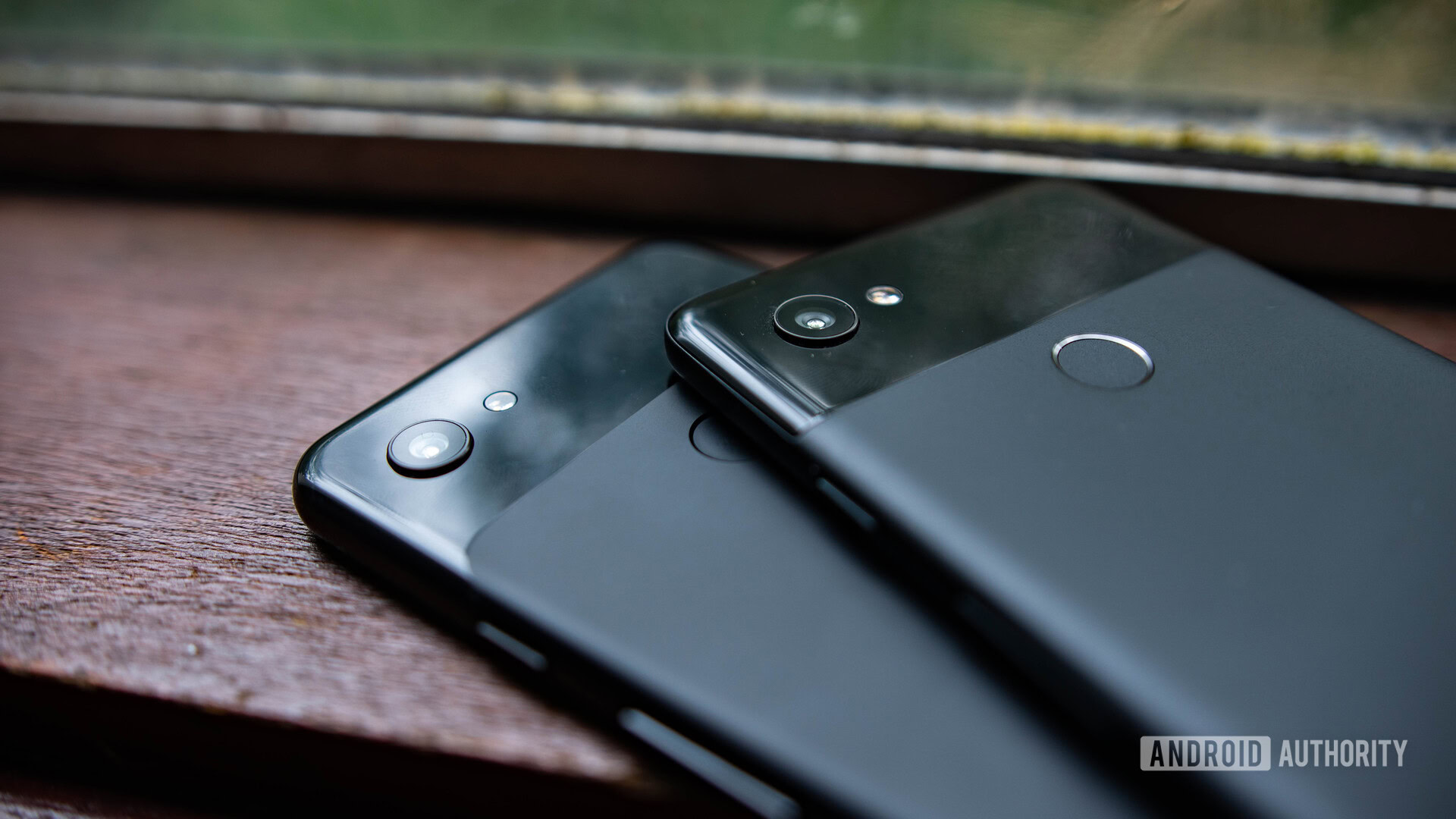
The Pixel 2 series refined Google’s early formula and ushered in the era of the modern Pixel series and its reputation for photography. Camera hardware hasn’t changed massively since, but the Pixel 5 offers some updates, including a wide-angle camera and tweaks to the main and selfie cameras. The real improvements come with new camera features, such as the wide-angle lens and the new Night Sight in Portrait Mode. Some of Google’s software smarts have come down to the Pixel 2 over the years, but they run best on modern hardware.
Related: The best Google products you can buy
The Pixel 5 offers plenty of other hardware upgrades too. 10W charging makes way for 18W wired charging and 12W wireless charging capabilities. The higher refresh rate display is much improved, too, along with thinner bezels. Performance isn’t bleeding edge with the Pixel 5, but it’s still an upgrade on the dubious Pixel 2. The latter’s 4GB RAM was a notorious bottleneck. Additionally, the fifth generation Pixel’s Snapdragon 765G bests the older flagship series Snapdragon 835 processor. However, the Pixel 2 still has a minor advantage when it comes to gaming.
Google’s Pixel 2 series is at the end of its lifecycle, too. Support ended in October 2020, making the upgrade to Android 11 the last that the handset will see. An upgrade to the Pixel 5 will keep you safe in the face of any upcoming security issues. It’s definitely the more refined and futureproofed package.
Google Pixel 5 vs Pixel 3
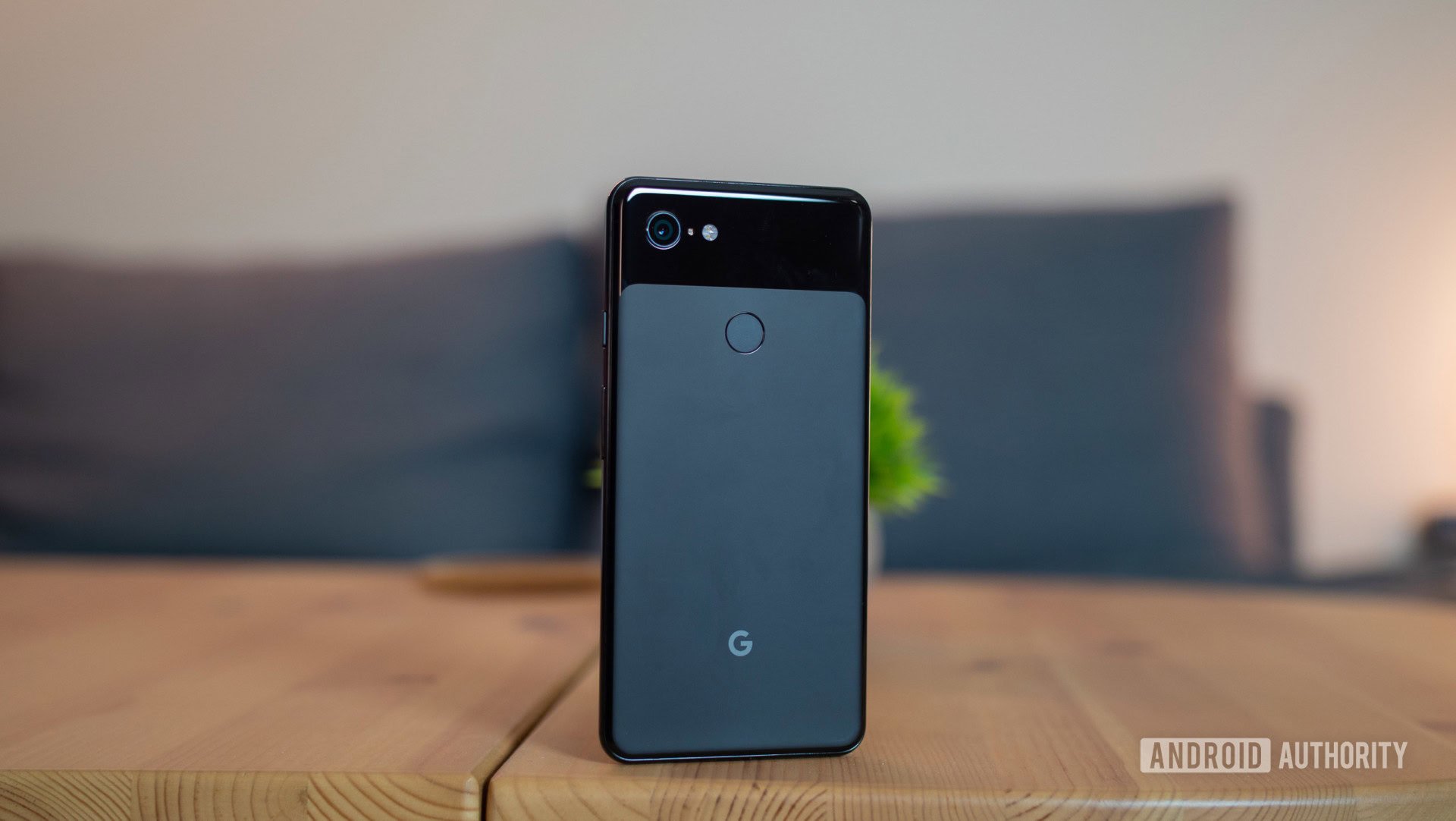
Whether or not to upgrade from the Google Pixel 3 or 3 XL to the 5 is less clear-cut. The move to the 765G results in a slight performance downgrade for gamers compared to the Pixel 3’s Snapdragon 845 processor. That said, the Pixel 5 is actually a tad faster in CPU and general system workloads. It will run your day-to-day applications just as well as any older flagship. Ultimately, you won’t feel much of a performance difference moving to the Pixel 5.
Google’s latest flagship offers some other improvements over the Pixel 3, though. Storage and RAM are both faster, for starters. The bulky notch makes way for a punch-hole selfie camera, there’s a bigger battery and a wide-angle camera on the back to fit more in your shots. The two share IP68 water and dust resistance ratings, along with 18W fast and Qi wireless charging capabilities. There’s not a huge difference between the two. Still, if you’re into the latest camera features, better battery life, and fancy a slightly more modern package, the Pixel 5 might offer enough to entice an upgrade.
Perhaps the most obvious reason to upgrade is if you’re planning to move to a 5G plan. Google fans only have two options for 5G at the moment: the flagship Pixel 5 and the slightly more affordable Pixel 4a 5G. The Pixel 5 is the more worthwhile upgrade of the two if you are coming from the Pixel 3.
Google Pixel 5 vs Pixel 3a
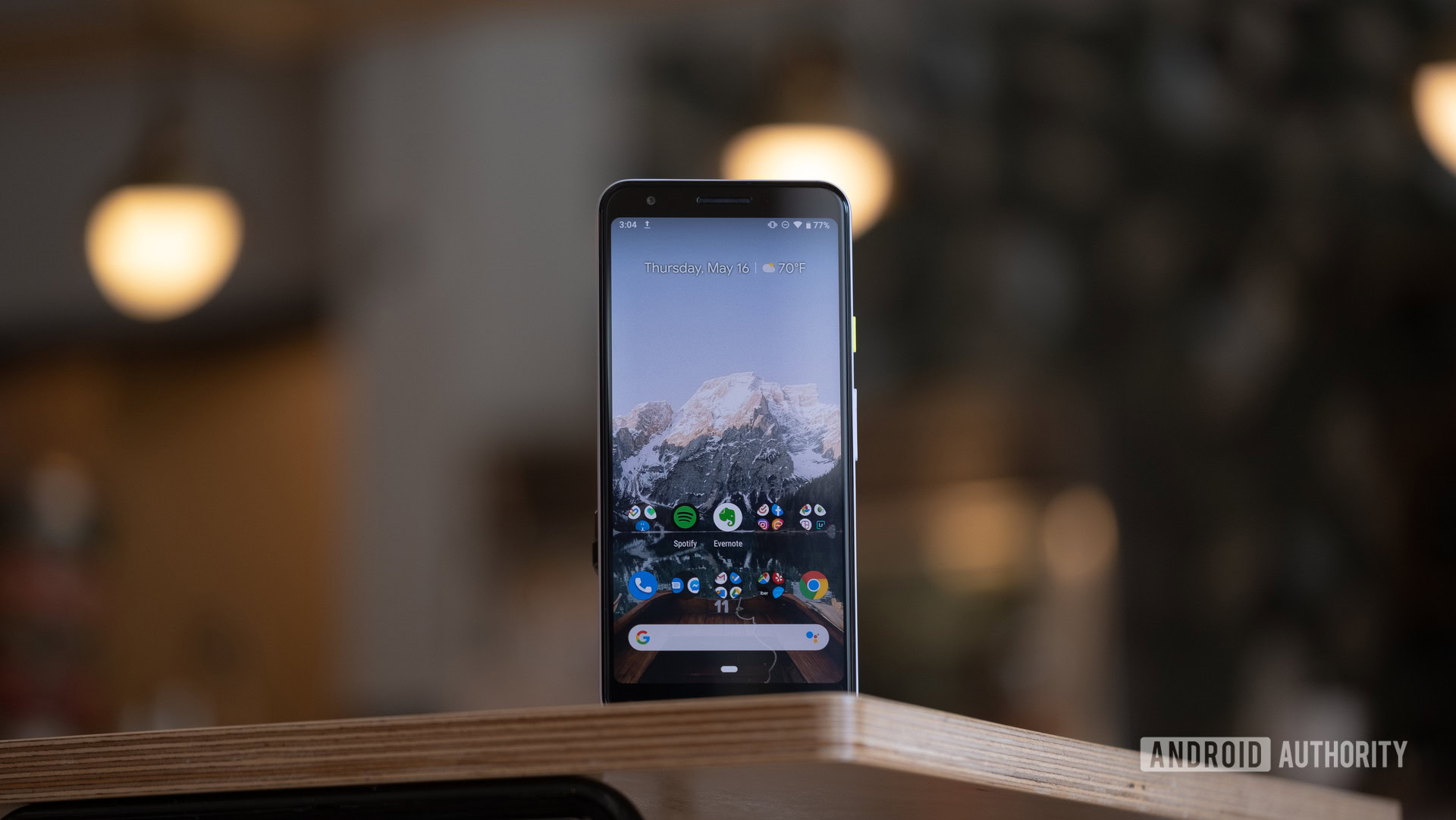
The Pixel 3a is a year and a half old, so it might feel a little soon to talk about upgrading here. Frankly, it is. But customers eager for better performance, 5G, or extra premium features might consider a switch. Nevertheless, it is tough to justify the expenditure on another phone quite so soon. Especially as the Pixel 3a remains a very good handset. Personally, I’d stick with the 3a for another six months or so.
Ultimately, the more affordable Google Pixel 4a 5G is likely to be the more appealing upgrade option for Pixel 3a owners. But again, the only real reason to upgrade here would be if you really want a 5G connection and live in a compatible area.
Google Pixel 5 vs Pixel 4
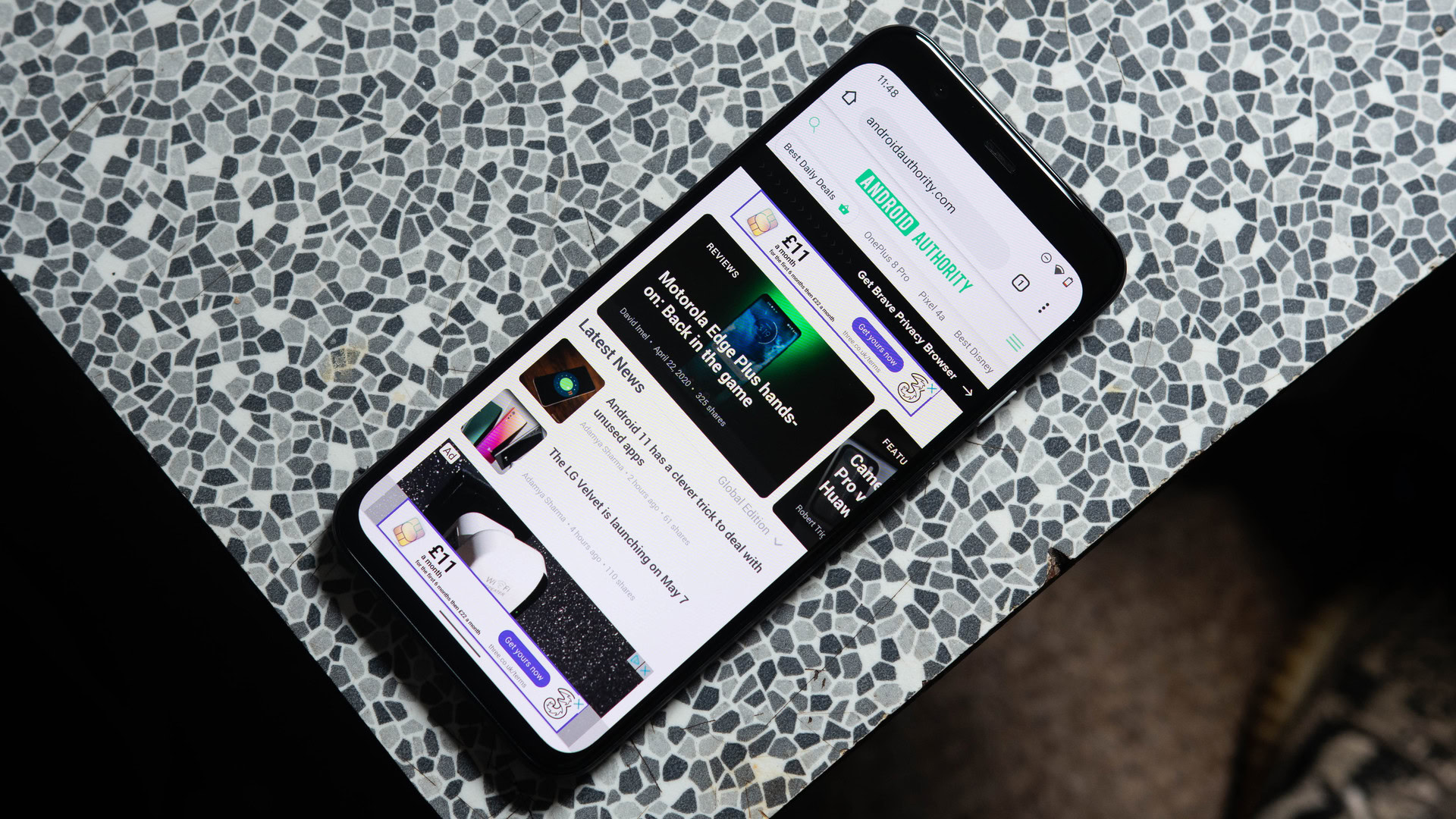
Two years is the typical length of time between handset upgrades these days, as technology only moves so fast. Switching so soon would be rather unusual, especially given some of this generation’s hardware decisions.
Last year’s Pixel 4 is actually the more performant of the two due to its Snapdragon 855 processor. It also has most of the Pixel 5’s key flagship perks. Wireless charging, an IP68 rating, and the latest Android and Assistant features are shared by both models. The Pixel 4 still has two years’ worth of guaranteed Android updates too.
If you’re after a large handset, Google doesn’t really have a direct replacement for the Pixel 4 XL here. With its 6.3-inch QHD+ display, the smaller 6-inch FHD+ panel of the Pixel 5 feels like a bit of a downgrade. Google has also removed its Soli radar, gesture features, and Face ID security from its latest model too. If you love these features, you definitely won’t want to switch.
So, why might you want to grab the Pixel 5? Better battery life is one of the biggest draws. The larger 4,080mAh battery and economical processor look much more promising for a full day of use than the Pixel 4’s tiny 2,800mAh cell. The Pixel 5 also introduces reverse wireless charging and a wide-angle rear camera that some may prefer to the 4’s telephoto lens.
The Pixel 5 is an upgrade in some respects and a downgrade in others.
Another obvious reason to upgrade is, yet again, 5G. But as before, we’d only recommend this option if you have a strong 5G connection nearby and really need data that’s faster than 4G.
Overall, the Pixel 5 offers less in some areas and more in others. The decision to upgrade will boil down to those small preferences. Unless you have money to spare or a burning desire for 5G or one of the few new features, sticking with the Pixel 4 is probably the best option.
For more on the Pixel 5 vs Pixel 4, be sure to check out our in-depth comparison.
Google Pixel 5 vs older Google phones: Should you upgrade?
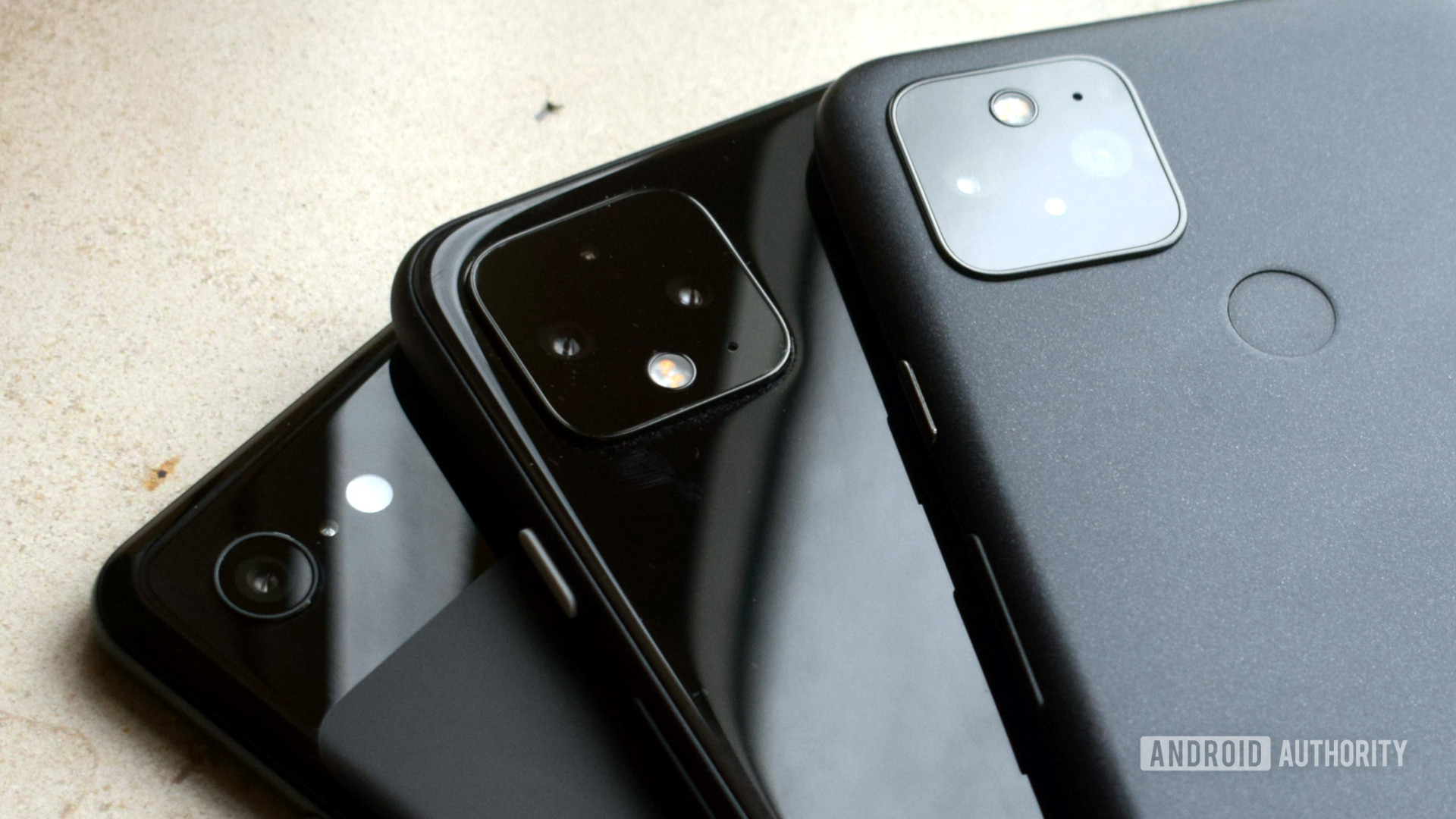
The Pixel 5 represents a shift in strategy for Google’s flagship smartphones, and the switch to a more affordable price point leaves Pixel fans with a bit of a conundrum. Owning the latest Google has to offer is cheaper than ever. However, there’s not much new compared to the previous generation, and in some respects, there are a few downgrades.
Moving to the Google Pixel 5 is a no-brainer if you’re running a Pixel 2 or an older handset. Switching from the Pixel 3 is only really worth it if you’re after 5G, better battery life, or really want to try out the wide-angle camera. It definitely feels too soon to move on from the Pixel 4, but a few die-hard fans may be able to justify the comparatively smaller cost than previous generations for a taste of Google’s latest.
